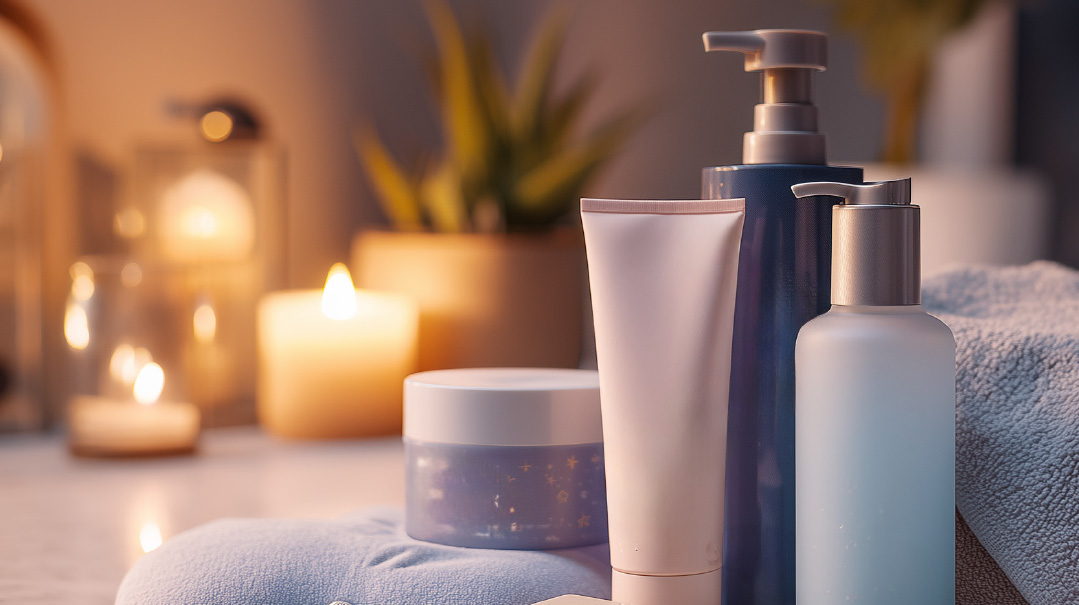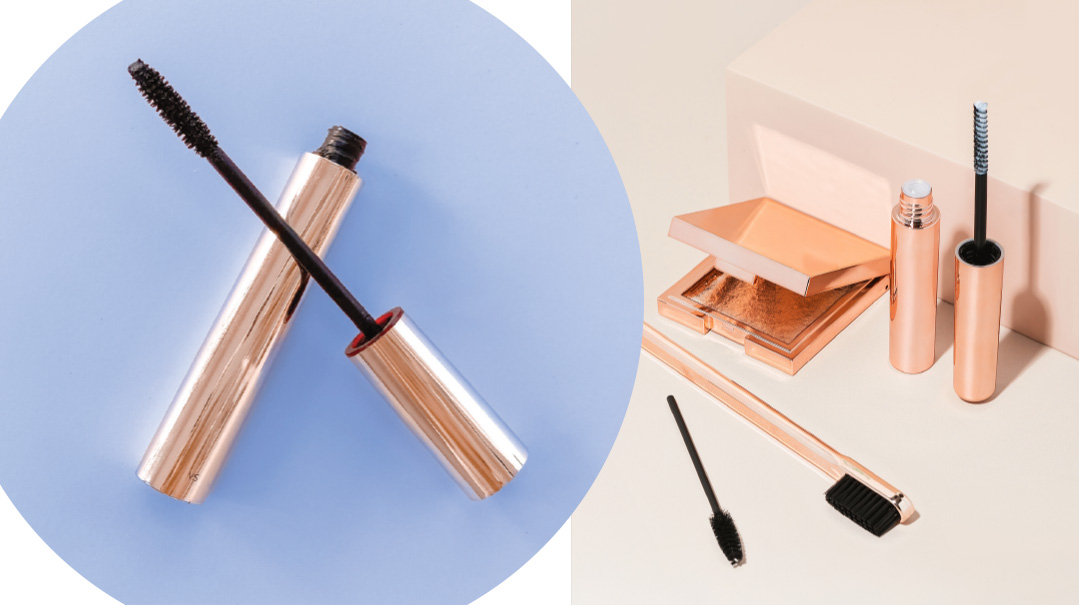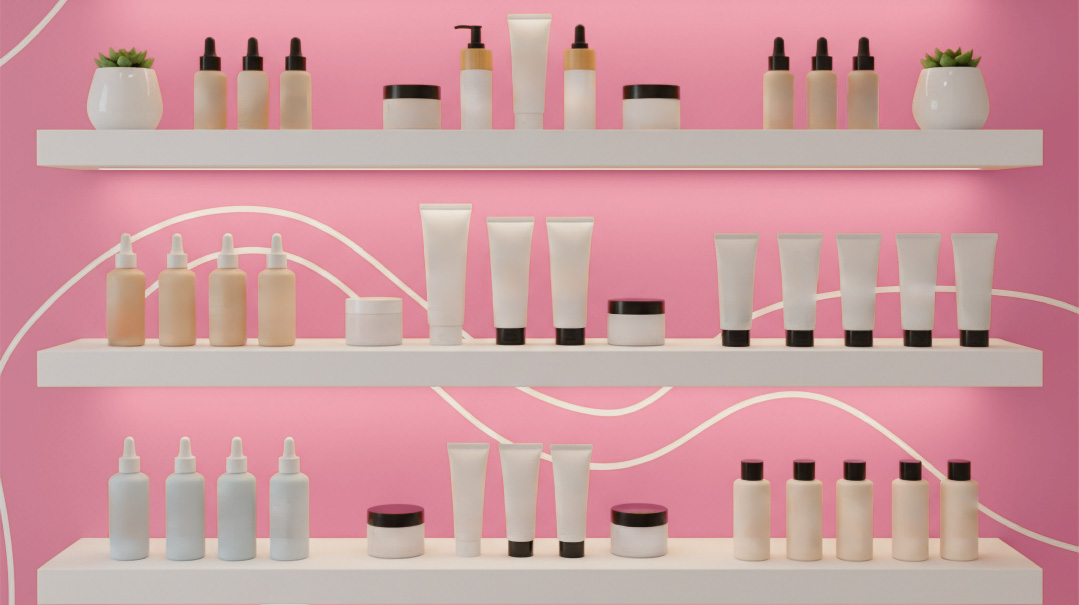Inside Out: Glowing and Healthy

On acne treatments, vitamin C, and Botox

Nighttime Care for Oily, Acne-Prone Skin
We’ve covered the daytime routine for oily, acne-prone skin; now, let’s move to the night.
Ideally, anything that could be clogging pores by day’s end — sunscreen, makeup, oil buildup — must be removed nightly. When it comes to cleansing, harsher is not better; the goal is to be thorough, not ruthless. Double cleansing can help there.
Typically, double-cleansing would start with an oil-based product, but for those with oily, acne-prone skin, micellar water is a better option. Micellar water contains a gentle detergent that can remove facial grime without stripping or irritating skin. Try Garnier SkinActive Micellar Cleansing Water All-in-One Purifying, applied liberally to a cotton round and swiped across the face. However, micellar water may not be sufficient for serious makeup; Neutrogena Oil-Free Eye Makeup Remover can be used all over the face to get everything off.
Another option is Garnier Erase It All Makeup Cleansing Balm. Oil cleansers or makeup-removing balms should first be worked in with no water; after a thorough work-in, add water then work in some more. This creates an emulsification of the water and oil so the oil can be easily rinsed off the skin.
Now, the second cleanse. CeraVe Foaming Facial Cleanser is the gentlest option. For more acne-fighting power, there are salicylic acid cleansers like CeraVe Renewing SA Cleanser. Remember, it’s about being gentle, yet thorough. Try to work the cleanser in for at least one solid minute.
At this point, if you have the time, you can do a sulfur treatment. Sulfur is excellent for regulating oil regulation, reducing inflammation and redness, and calming the skincare barrier. It’s also antibacterial, counteracting the spread of acne-causing bacteria. Additionally, sulfur mildly exfoliates, removing blackheads and whiteheads and clearing pores.
The De La Cruz 10% Sulfur Ointment can be used as a spot treatment or a face mask. Apply for ten minutes, then wash off (because, FYI, sulfur smells like rotten eggs).
Then there is the ubiquitous retinol! Remember, retinol was originally invented as an acne treatment. Adapalene is available in drugstores, usually under the Differin brand. The 0.1% Differin is available over the counter. Not only does it treat acne itself, it can also help with indented post-acne marks by plumping the skin with collagen. To go stronger, head to the dermatologist for the 0.3% or for Tazarotene, a third-generation retinoid that is ideal for acne.
With initial retinol use, you might find more blemishes popping up; the retinol will bring latent acne to the surface quicker. But after that, it’ll keep it at bay. Remember: Only a pea-sized amount for the entire face, and there may be some irritation as your skin adjusts. Which is why it is very important to...
Moisturize. Gotta replenish the skin barrier! Make sure the lotion is noncomedogenic and won’t clog pores, like Cetaphil Moisturizing Lotion or CeraVe PM Facial Moisturizing Lotion.
While I’ve recommended products specifically for oily, acne-prone skin, individual skin can have differing opinions. Sometimes skin can be reactive even when the products shouldn’t irritate. Experimentation may be necessary.
Finally: This is a lot of information. I know. Perhaps overwhelmingly so. So for the bare minimum: Sunscreen by day, remove it at night, and moisturize. Gei shlufen.
On Botox
“My friends are all talking about getting Botox,” she said, “But I dunno....”
I flinched.
My aversion to surgical interventions is this: With proper, safe skincare, you can combat the gradual loss of collagen that leads to wrinkles. By applying sunscreen, you can prevent that damage from happening in the first place.
And it won’t look... fake.
Alternatively, there are procedures to boost collagen production rather than temporarily freezing forehead muscles. I’m personally averse to fleeting stopgaps; regular retinoid application, after a few months, will provide more natural-looking results that are beneficial to skin.
So instead of panicking before an imminent simchah, take the long view and start taking care of skin now. Make an appointment with a well-recommended dermatologist and explore what other procedures are available that will keep skin looking great for years to come.
Vitamin C
Vitamin C serum is my go-to in the morning prior to sunscreen application. Vitamin C (ascorbic acid), as an antioxidant, can negate the free radicals of UV rays, boosting the efficacy of sunscreen. It also brightens skin, counteracting potential sun damage or post-acne marks. Vitamin C helps skin maintain the collagen it has as we slowly lose it with age. It’s also hydrating, and an anti-inflammatory that can reduce redness.
Yet Vitamin C can be unstable in composition, so not just any one will do. It can also be compromised if not stored or packaged properly; don’t store it near heat or in clear packaging that’ll let in light. CeraVe Skin Renewing Vitamin C Serum is well-liked by the pros, as is The Inkey List 15% Vitamin C & EGF Brightening Serum. As always, if skin tends to be sensitive, do a patch test first.
(Originally featured in Family First, Issue 953)
Oops! We could not locate your form.







